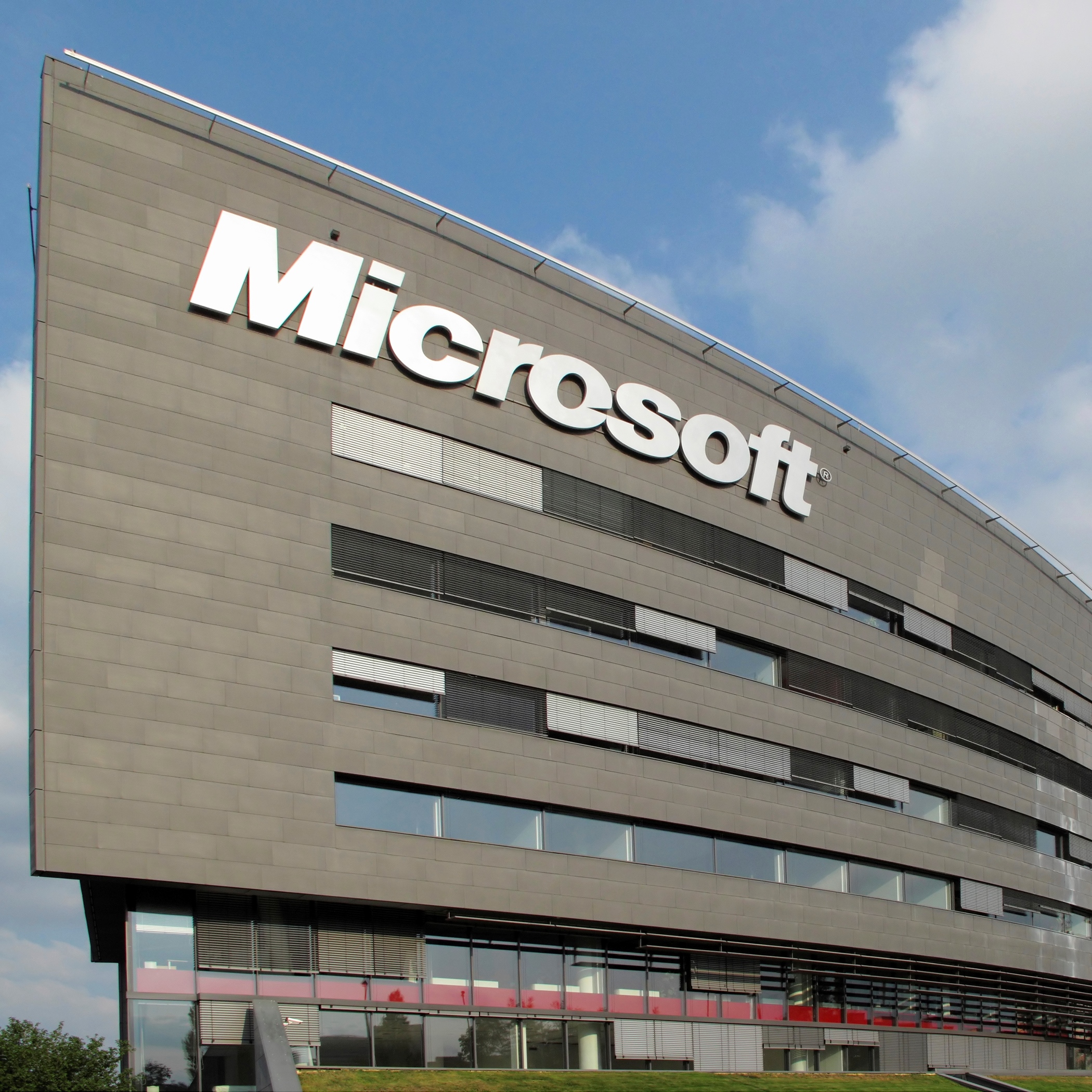Technology
2018 Bull/Bear Microsoft Forecast: Riding Even Higher in the Cloud

Published:
Last Updated:

Now that 2018 has arrived, investors should keep in mind that this raging bull market is now nearing nine years old. This has also been the strongest bull market that most investors have seen in decades. The Dow Jones Industrial Average rose 25% and the S&P 500 rose by almost 19.5% in 2017. With an outlook into 2018, investors need to consider that the major stock indexes outperformed every strategist’s expectations by a wide margin in 2017.
24/7 Wall St. just came out with its annualized forecasting bias for the stock market in 2018. It looks like DJIA 26,400 and at least 2,855 on the S&P 500 are now the baseline targets for this year. For the Dow to make its 2018 target, Microsoft Corp. (NASDAQ: MSFT) is going to have to do its part.
Microsoft joined some of the other great tech stocks in achieving all-time highs in 2017. That being said, Microsoft shares did back off the mid-December highs going into year-end. Still, Microsoft has its place to win under tax reform, with companies being able to expense purchases all at once and with repatriation coming on top of a far lower domestic earnings tax rate ahead.
Microsoft was expected to generate a return of just 6.9% in 2017, but its 37.7% return blew out expectations. Again, its shares went to highs not seen in 17 years. Microsoft closed out 2017 at $85.54. The software and cloud giant’s consensus target price of $92.75 and the dividend yield of 1.96% would imply an expected return of about 10.4% in 2018, if the analysts are correct.
At the end of 2017, the forward valuation for the S&P 500 Index was 18.5 times earnings (Yardeni Research) to 19.0 times expected earnings (S&P) per share. Microsoft has a mid-year fiscal year-end, but it is valued at 25 times expected mid-2018 earnings and valued at about 22.5 times mid-2019 earnings. Microsoft is also expected to keep raising its dividend in 2018, 2019 and 2020.
It is now without question that Satya Nadella’s shift in a post-Ballmer and post-Gates era has been a very good move. Now investors are calling for better than 10% in total return in 2018 that would be another above-market expectations year. Even after considering the LinkedIn acquisition, Microsoft has over $140 billion in cash and investments, and much of that is likely to be repatriated under tax reform.
What if Microsoft manages to outperform expectations again in 2018? Berstein’s research team issued a view late in 2017 that Microsoft Azure already may have a higher customer count than Amazon Web Services. They also see better profit margins for Microsoft over its cross-town rival. In November, UBS issued an above-consensus price target of $105 for Microsoft. And the street-high analyst price target for the software giant is all the way up at $120. If any of these come true, Microsoft will have another year of outperforming broader consensus expectations.
Microsoft has a 52-week trading range of $61.95 to $87.50 and a market cap of $667 billion. Its weighting in the Dow is just 2.38% due to the Dow being a price-weighted index, but the rank is roughly 4th by market cap of the S&P 500.
As far as what other strategists are calling for Credit Suisse is now targeting 3,000 and Oppenheimer is targeting 2,900 for the S&P 500 in 2018.
We also have to keep in mind that 2018 could be a bumpier ride for the stock market than 2017 was. We have featured our own 10 risks that could wreck the bull market in 2018, and we have also identified low volatility strategies for equity investors who are wanting upside from stocks but perhaps lower downside than the market if a big correction looks more likely in 2018 than what we did not see in 2017.
Thank you for reading! Have some feedback for us?
Contact the 24/7 Wall St. editorial team.